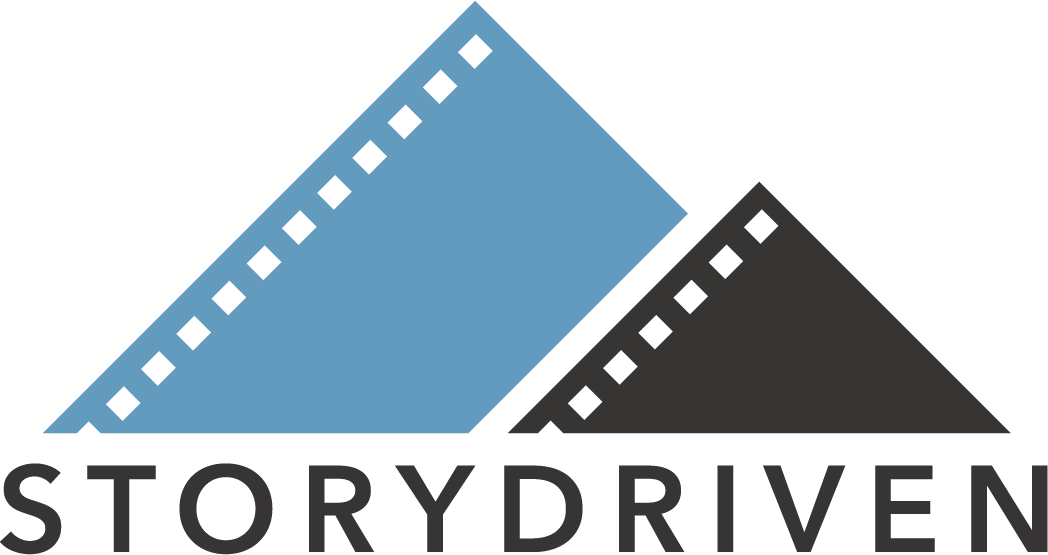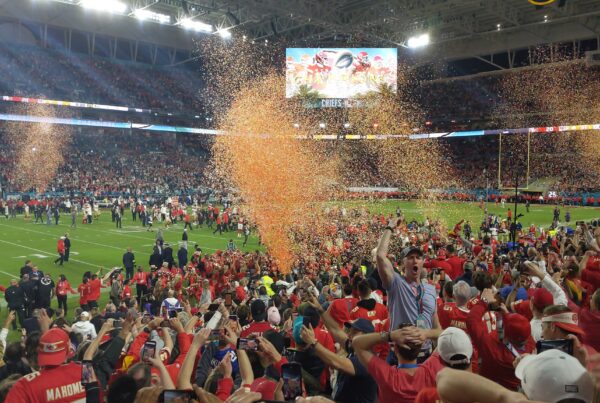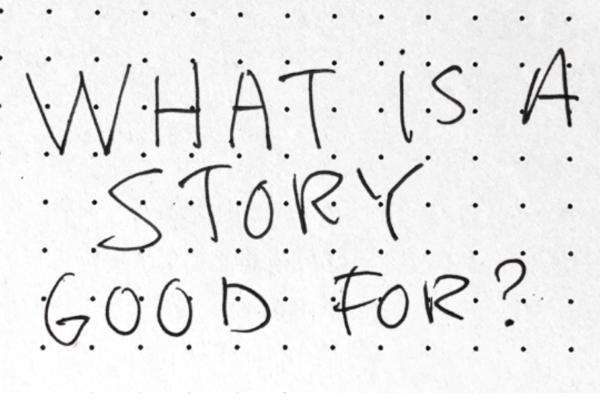This week we are excited to feature a blog post written by our (super amazing) storytelling partners, Rachel Healy and Liza Hoos.
In 1998, Sara Blakely was a fax machine saleswoman with a crazy dream.
She wanted to build a successful company based on a creative hosiery product she had developed in her spare time.
The 26-year-old had no real business experience.
She had never worked in fashion or retail.
She had little capital and zero connections. In fact, when she cold-called hosiery mills, she was rejected repeatedly.
Yet just a few years later, after non-stop hustling and a bit of good luck, Blakely’s product was featured on Oprah. Two days before the show aired, she quit her job as a fax machine saleswoman.
Today Blakely’s company, Spanx, is valued at more than a billion dollars.
People love good stories
If you’ve read this far, your actions are in line with some very solid science: Humans are hardwired to become captivated by a good story.
Research shows that your brain releases oxytocin during a story’s character-driven moments; this hormone creates feelings of empathy and connection. Your brain produces cortisol during the nerve-racking scenes; this stress hormone helps you focus.
Use this to your advantage
Smart organizations understand the power of a good story, but many find it hard to tell their own story, whether it’s through a blog post or video.
By keeping in mind these guidelines, you’ll be on your way to telling a story that captivates your audience.
Find a Hook.
A hook is a compelling introduction to your story, an opening that piques your readers’ curiosity and invites them to read more.
A great hook contains compelling action or an element of surprise. It may introduce tension (reread the first few sentences of this post) or awaken the reader with an unexpected statistic.
The Purple Mattress is so comfortable, we’re told in this video, it passes the “raw egg test.” And they have the visuals to prove it. Note that they don’t wait to show this little act of surprising science — it happens within the first 15 seconds.
Your hook doesn’t have to be humorous — but it does need to be concise, relevant, and real.
Consider useful frameworks: Hero’s Journey and the Pixar Pitch.
Two storytelling frameworks may prove valuable as you craft your story.
Mythology scholar Joseph Campbell theorized that various myths throughout human history share a fundamental pattern — a “hero’s journey” — that begins with a call to adventure and ends with a return home.
This model has been adapted and modernized countless times, for everyone from entrepreneurs to screenwriters. Do a search and see what resources will help you tap into this ancient storytelling wisdom.
In his groundbreaking book To Sell is Human, Daniel Pink describes several ways to use story to move someone. One method, dubbed the “Pixar pitch,” is modeled on the narrative structure of the enormously popular animated films.
Using the Pixar template forces marketers to tell their story in a clear, intentional way — and with a healthy dose of drama to (hopefully) make the story compelling.
The Mad Libs’ version of the Pixar pitch looks like this:
Once upon a time ____________________________. Every day, _______________________. One day _______________________________. Because of that, ___________________________. Because of that, ____________________________. Until finally, ___________________________________.
Be Human.
Ditch the corporate-speak. When telling your story, speak in plain English and use the same language your community uses.
THX, a “socially focused platform” that sells products and gives its profits to partner charities, takes a conversational and humorous tone to show how and why they’re trying to positively impact the world.
Stand for Something.
The best stories are not about plot details, obviously. They’re about something bigger. They’re about values. They’re about how we understand the world and our place in it.
Companies communicate stories about themselves all the time through their marketing, advertising, and social media. When these stories are good, they point to something much bigger than what they’re selling.
Big-brand examples:
- Whole Foods sells food, but they stand for sustainable agriculture.
- Patagonia sells outdoor gear, but they stand for conservation.
- Brooks Brothers sells clothes, but they stand for tradition.
- Zappos sells shoes, but they stand for happiness.
Standing for something requires more than attaching yourself to a movement. You need to actually walk the walk.
For example, Apple (which, by the way, sells consumer electronics but stands for innovation) says they aim to leave the world better than they found it—and they provide an engaging video to back that up.
It's not about you
At its core, your story is not about you. It’s about your ideal audience — how you’re supporting, serving, and empowering them.
As you begin to pull the pieces together, stay focused on how your organization helps its customers overcome their obstacles. Encourage them to see themselves in your story and how a relationship with you can make their lives better.
After all, a compelling story may not be a requirement for getting readers and viewers — but it is a requirement for growing a community of loyal fans.
— Thanks again to our guest bloggers, Rachel Healy and Liza Hoos, for your amazing insight into crafting a compelling story!





